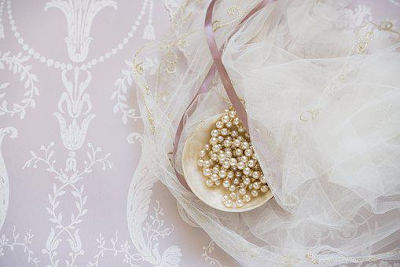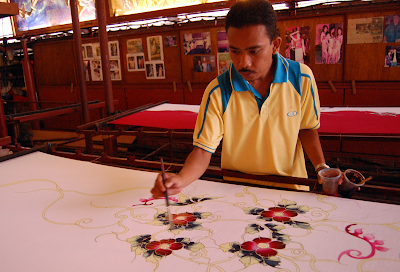Featured
- Get link
- X
- Other Apps
ALPACA
The alpaca is a domesticated camel that is native to Peru, Bolivia, Chile, and northern Argentina's high Andes Mountains.
Alpacas are little animals that are bred for their wool.
They were domesticated around 5,000 years ago, and its fiber was assumed to have been utilized by humans for 4,000 years previous to that.
For most of this period, alpaca has been regarded as a luxury fiber; for example, the Incan Empire reserved alpaca fiber for nobility.
Llamas and vicuas are close cousins of alpacas.
Alpacas were largely employed for their silky, luxurious fleece, whilst llamas were used as beasts of burden.
Alpacas vary from llamas in that they are smaller and do not have the llama's harsh, brittle hair.
The oily lanolin covering on an alpaca's fleece and the noticeable scales on wool fibers distinguish it from sheep's wool.
The fiber hangs off the animal in glossy strands without the lanolin, and it may be turned into yarn without a laborious scouring procedure.
Furthermore, persons who are allergic to wool usually find that wearing alpaca does not affect their skin.
Because it is lanolin-free and has extremely small scales on the surface of the fiber, it is hypoallergenic.
The alpaca's fibers are hollow.
This makes alpaca fiber goods feel extremely light in weight and provides great insulation.
Every year in the spring, the alpaca's wool fiber is sheared.
The fiber is eight to twelve inches long, and sometimes longer.
It is often spun into soft, light yarns using the woolen spinning technology.
What are two types of Alpacas?
The huacaya and the suri are the two varieties of alpacas.
Huacaya alpaca fiber is soft and crimpy (wavy).
Suri alpacas feature silky, glossy strands of fiber that are long and pencil-like.
They both breed alpacas in a variety of natural hues, including white, pale fawn (a light grayish brown), light to dark brown, gray, black, and piebald (blotched with white and black).
Alpaca Wool Qualities.
Alpaca fiber takes colors extremely well, similar to sheep's wool.
Alpaca fiber is prized for its fineness, softness, lusciousness, and elasticity.
Sir Titus Salt used alpaca's characteristics to manufacture luxury fabrics for the English market in the nineteenth century.
Alpaca threads were introduced into the fabric's weft (crosswise direction), while cotton, silk, or wool yarns were used in the warp (lengthwise direction).
Alpaca fiber was used in hand- or machine-made knit sweaters, caps, and scarves in the early 2000s.
Many alpaca goods are crafted by hand in the locations where the alpaca was initially bred.
Alpacas are popular hobby farm animals in the United States and Canada because of their soft and docile nature.
Over 30,000 alpacas were registered in North America in 2001, according to the Alpaca Breeders and Owners Association.
The Alpaca Fiber Cooperative of North America, Inc. markets the items created from the fiber of these alpacas.
ALAPACA VICUÑA.
Vicuas (vy-KOON-yuh) are the tiniest members of the camel family in South America.
They dwell near the Andes Mountains' snowline at a height of 12,000 to 16,000 feet.
Adult vicuas range in height from 212 to 3 feet (69 to 91 cm) and weigh between 75 and 140 pounds (34 to 64 kilograms).
Vicua fiber is one of the most desirable luxury fibers due to its restricted availability and sumptuous qualities.
Because of the vicuas' untamed character, killing the animals was the quickest way to collect the fiber.
Vicuas were added to the Endangered Species List in 1970.
The Andean nations' preservation initiatives have enabled the vicua population to grow during the previous thirty years.
Efforts are being built to modify the species' status from "endangered" to "threatened." Around 4 ounces (114 grams) of fine fiber and 8 ounces (284 to 340 grams) of shorter, less desirable fiber are provided by each vicua.
Vicua fibers are finer than cash mere, measuring 12 microns in diameter.
It comes in a variety of colors, from red-brown to light tan to yellow-red.
Softness, luster, strength, and warmth without adding weight to the fabric make it very attractive.
Raw vicua fiber, which comprises fine and less desirable fiber, sold for $200 per pound at auction.
In 2004, the only vicua wool that could be lawfully exchanged was that shorn from a live vicua at a government-approved facility.
Because the vicua is an endangered species, people interested in importing it must carefully review and adhere to the restrictions that regulate its trading.
Find Jai on Twitter | LinkedIn | Instagram
See also:
Fibers; Wool; Yarns.
References And Further Reading:
- “Endangered and Threatened Wildlife and Plants: Proposed Reclassification of Certain Vicuña Populations from Endangered to Threatened and a Proposed Special Rule.” Federal Register, Proposed Rules, 64, no. 173 (September 1999): 48743–48757.
Internet Resources:
- Alpaca Fiber Cooperative of North America, Inc. “About Alpaca.” Available from http://www.americasalpaca.com.
- “Species Profile for Vicuña.” U.S. Fish and Wildlife Service. Available from http://endangered.fws.gov.
- Get link
- X
- Other Apps











